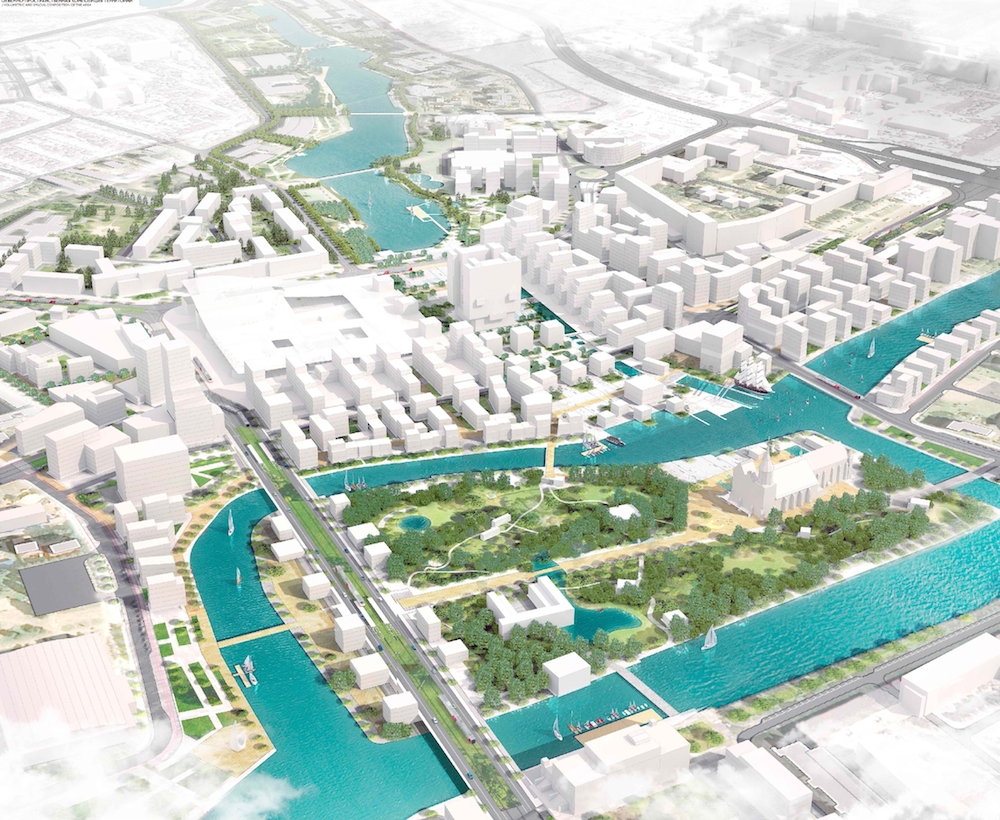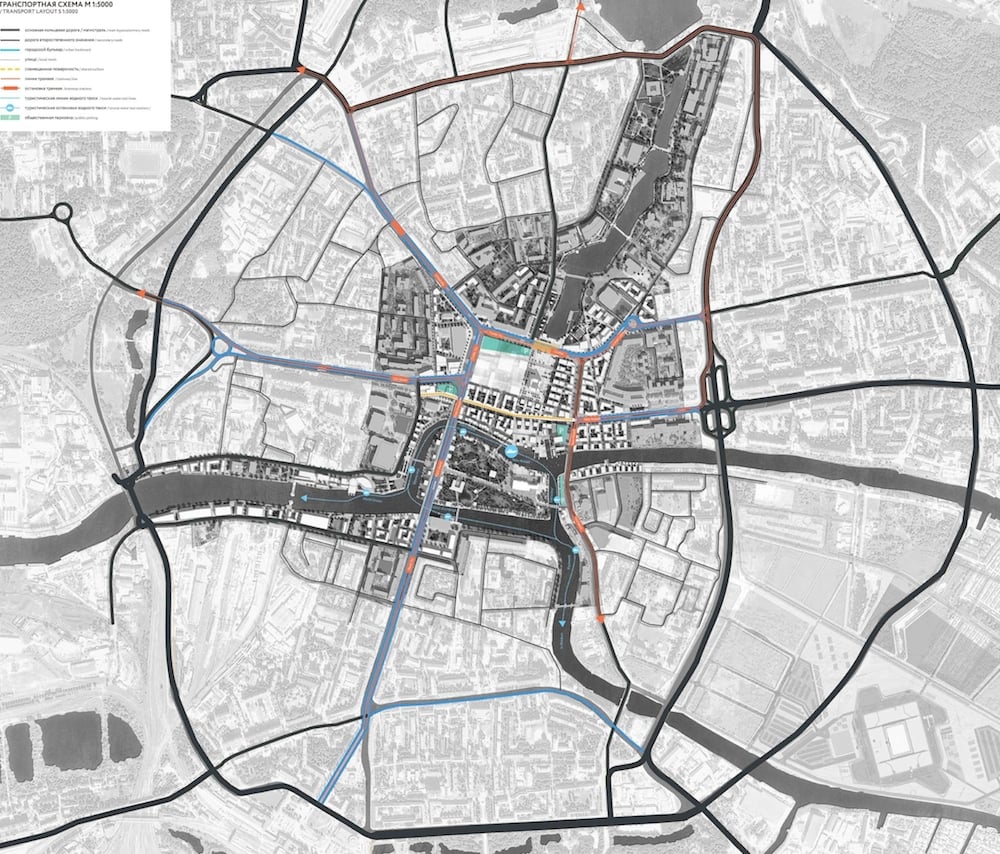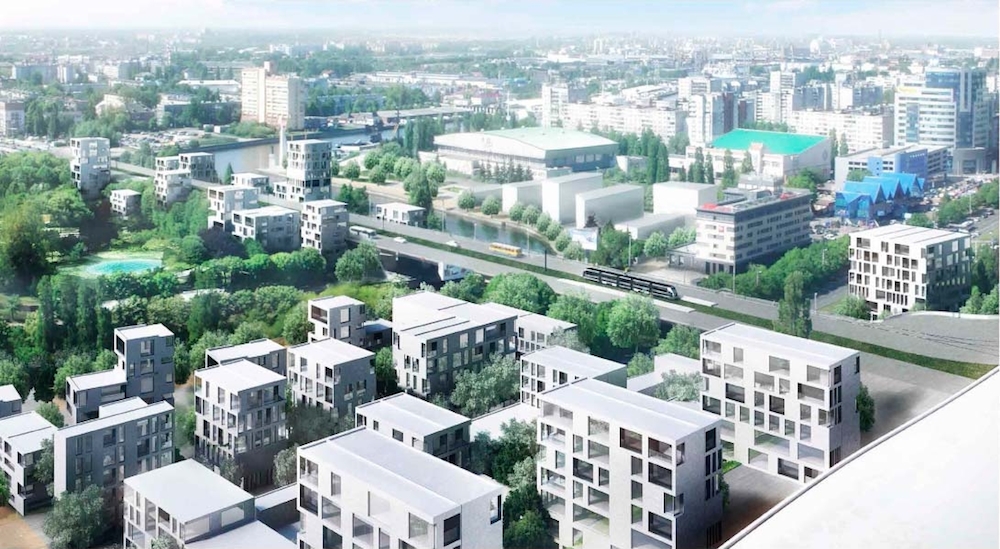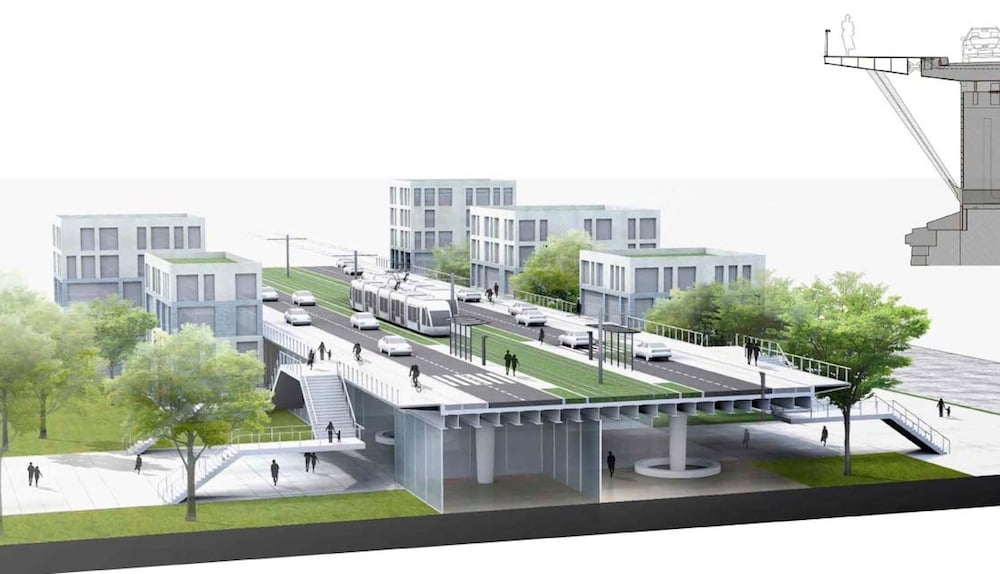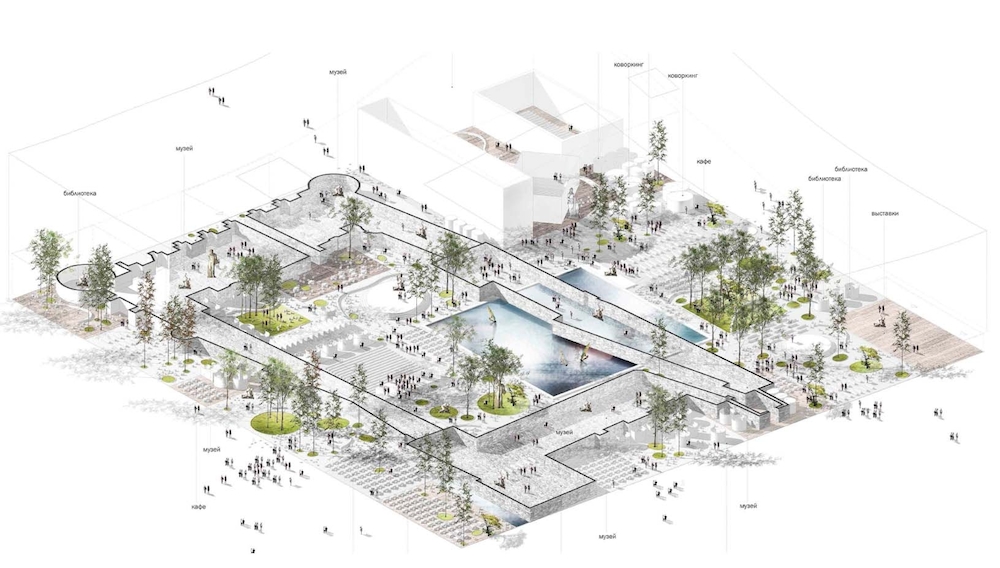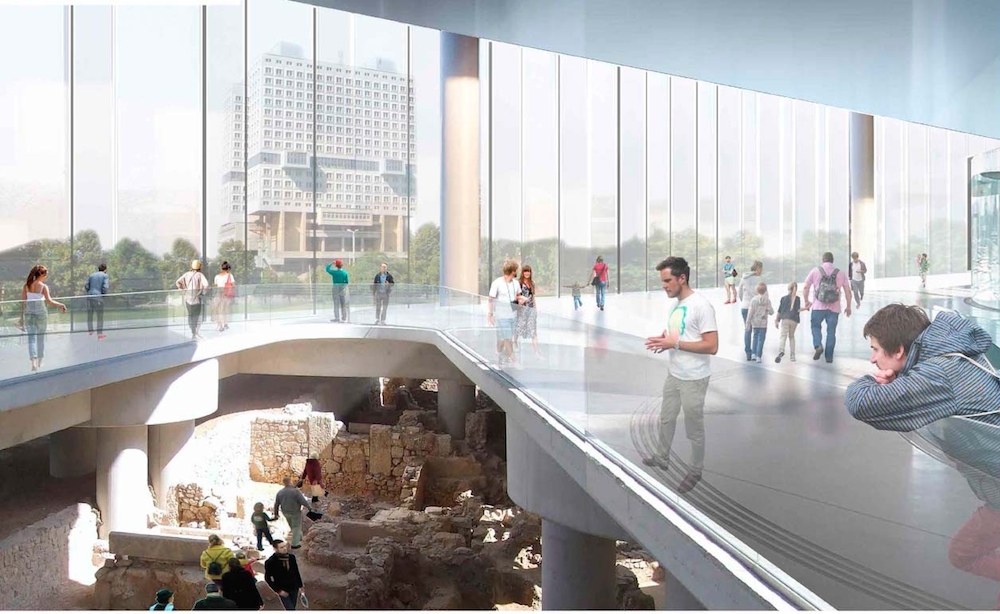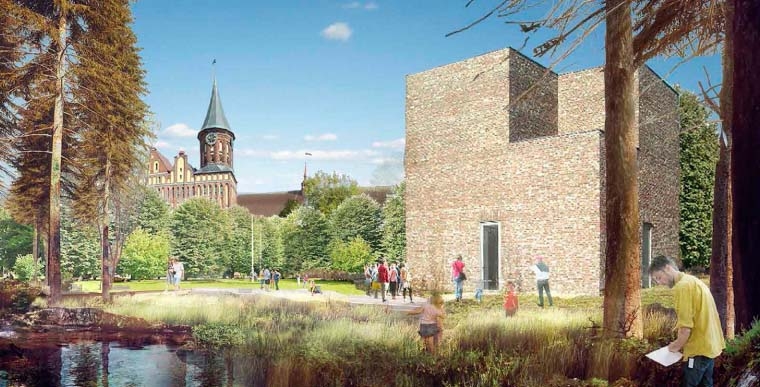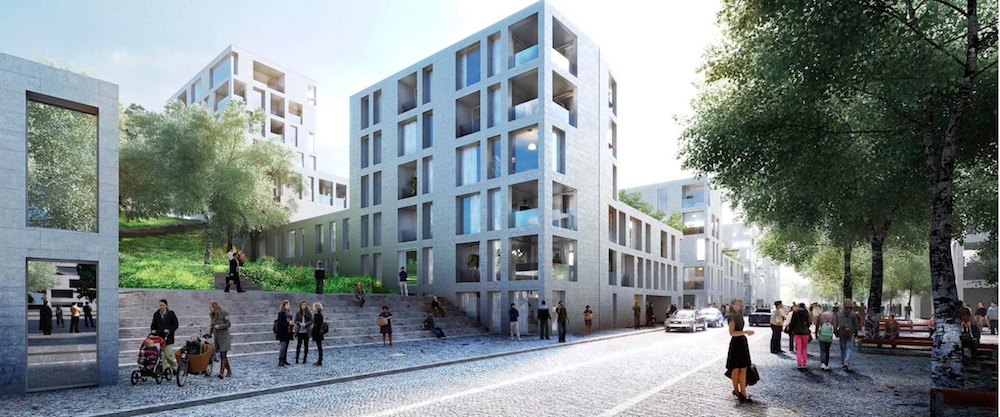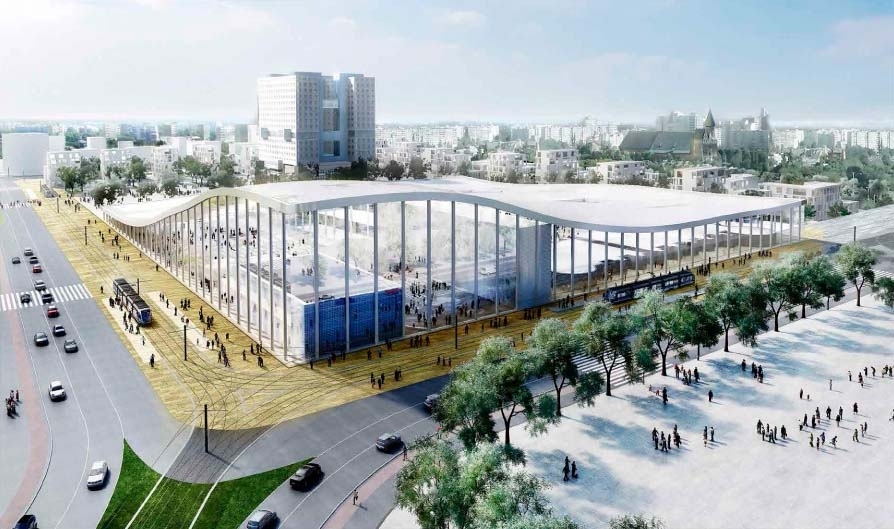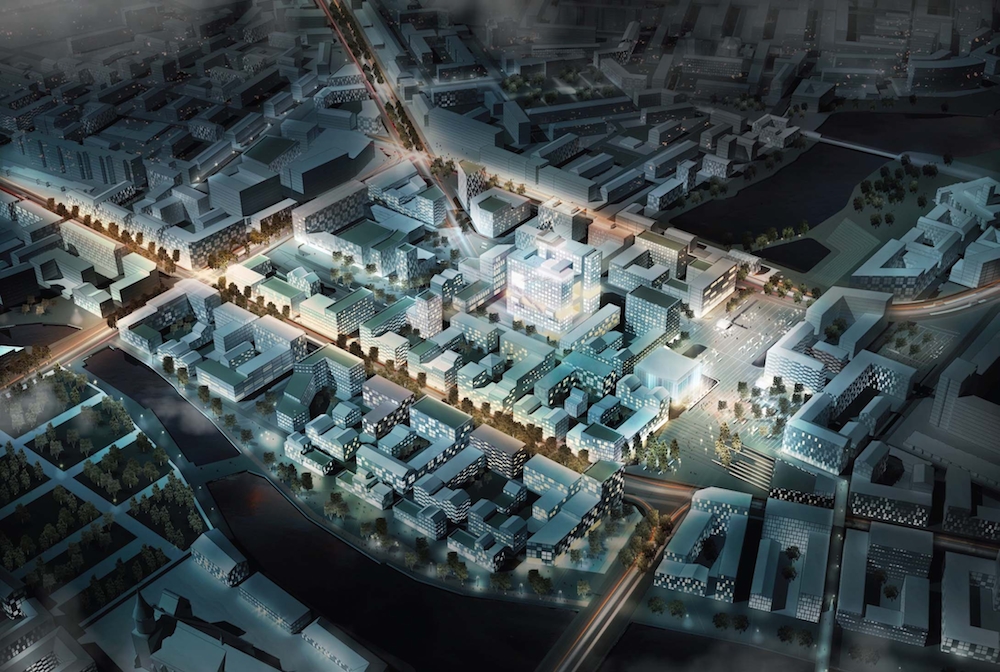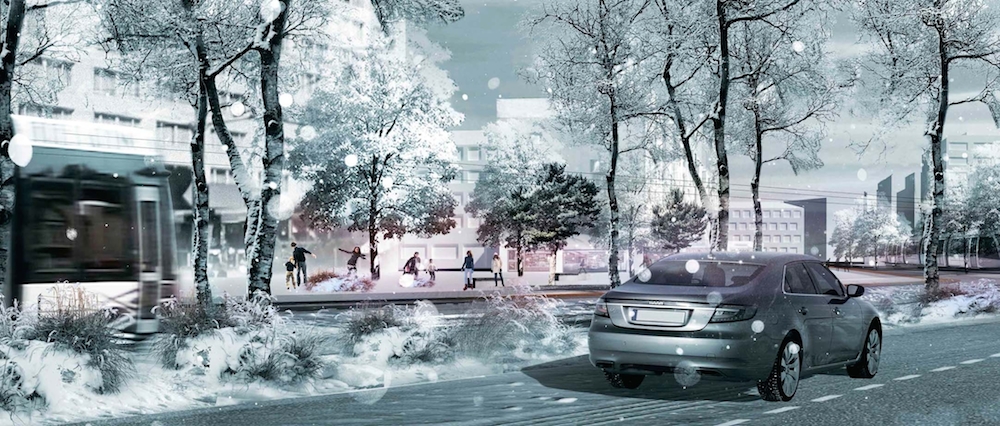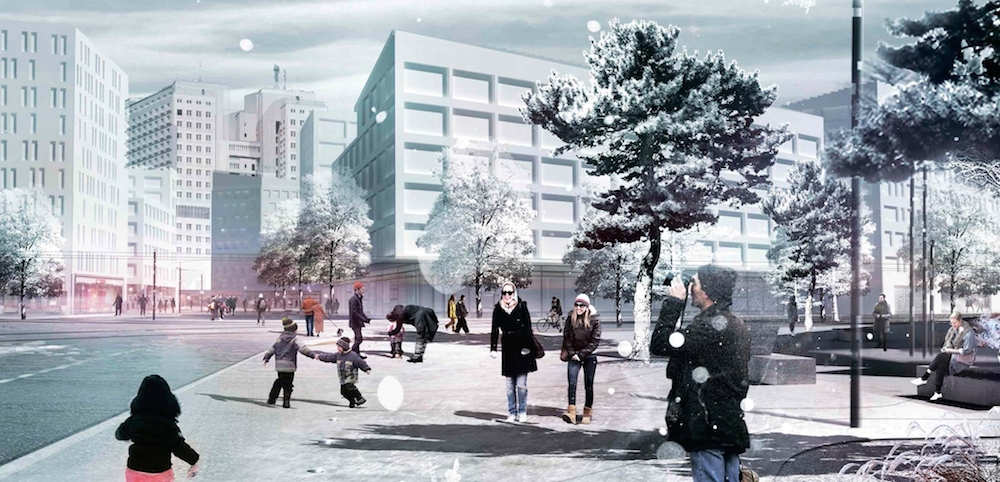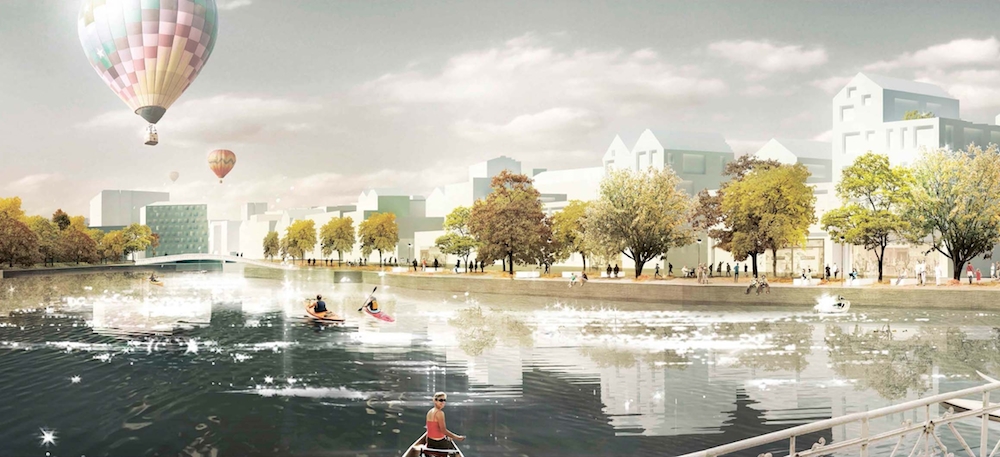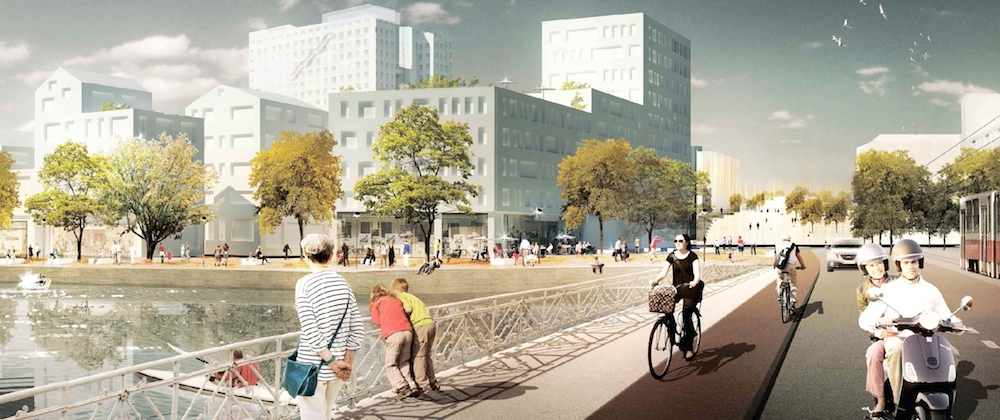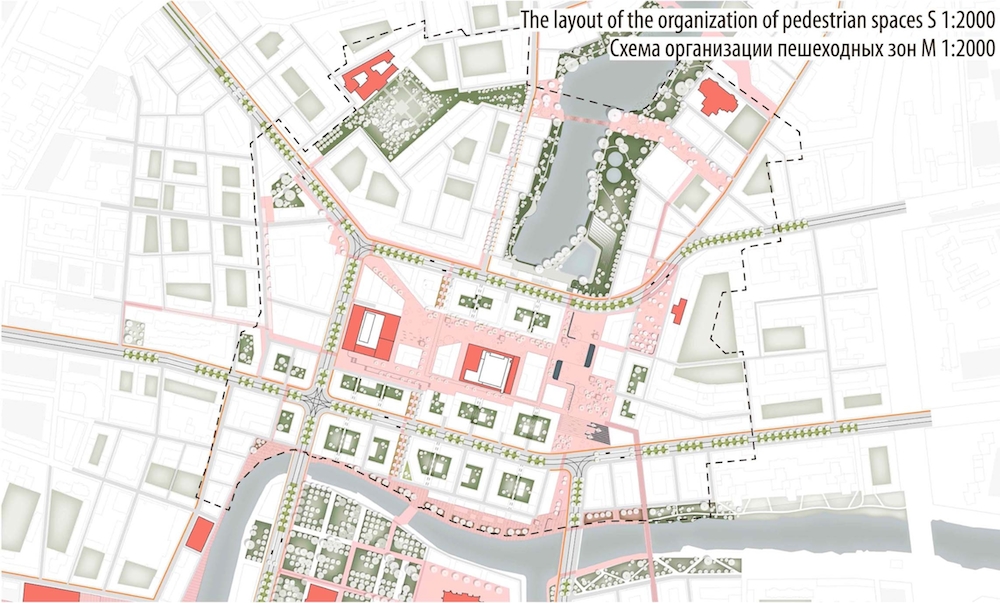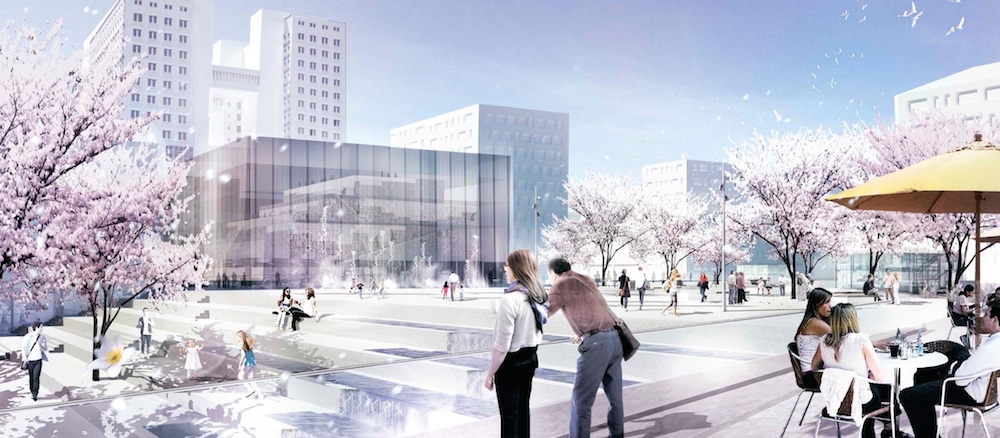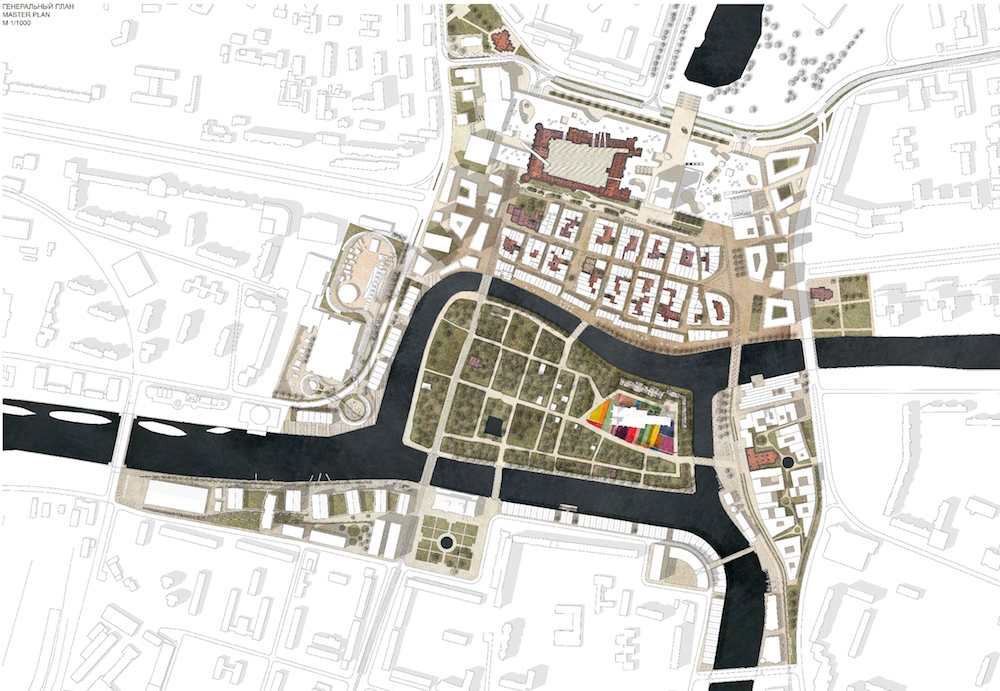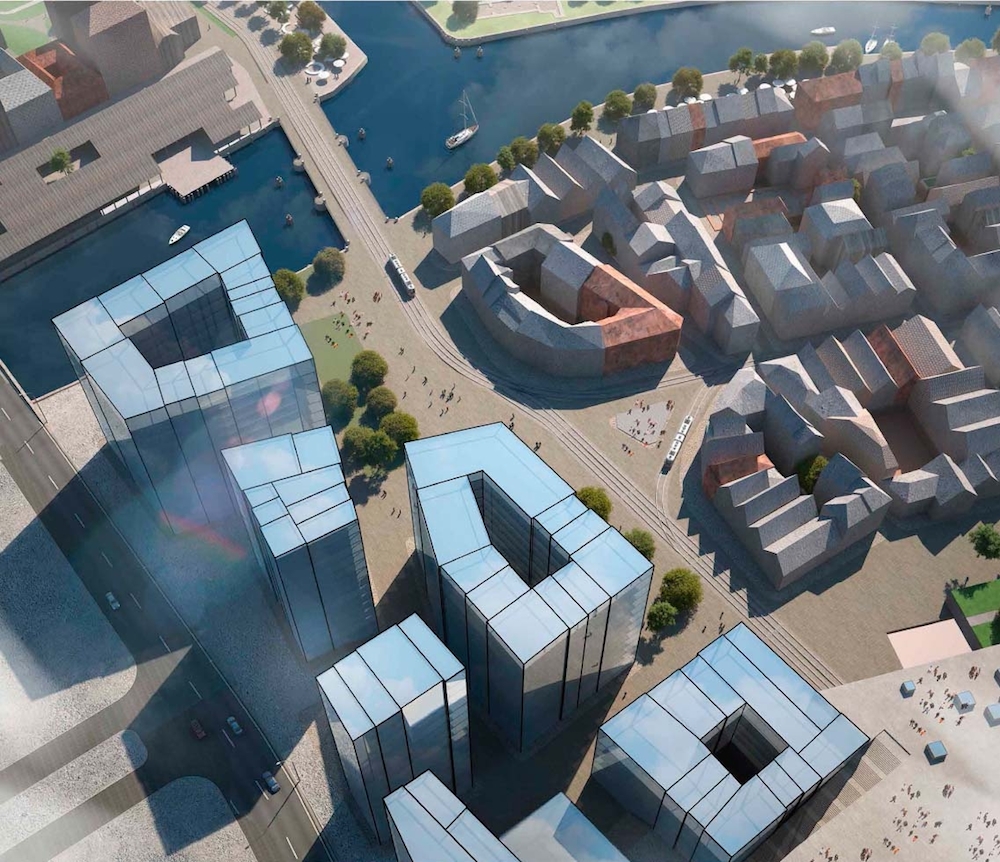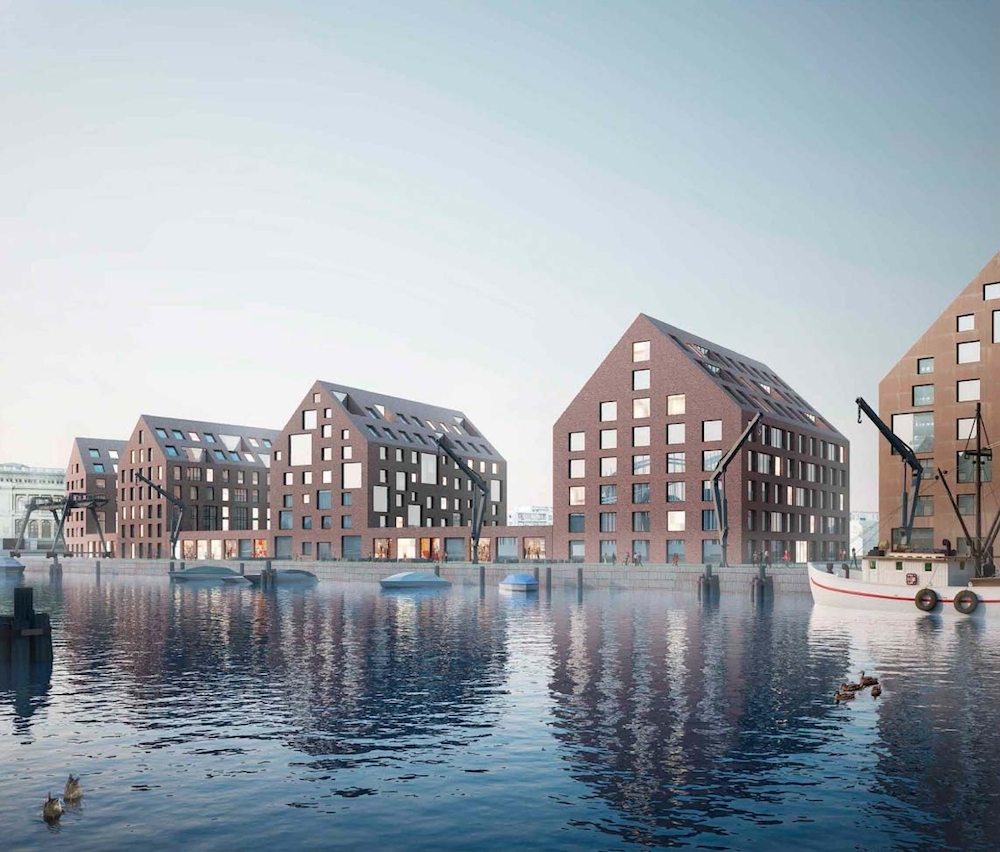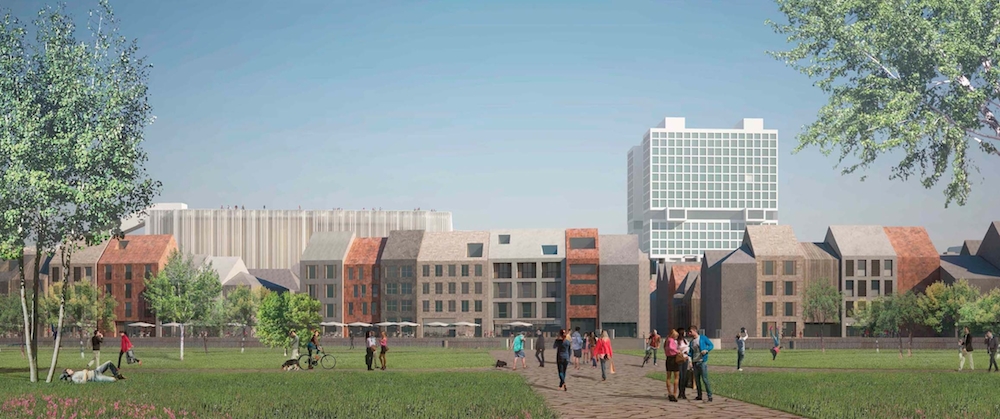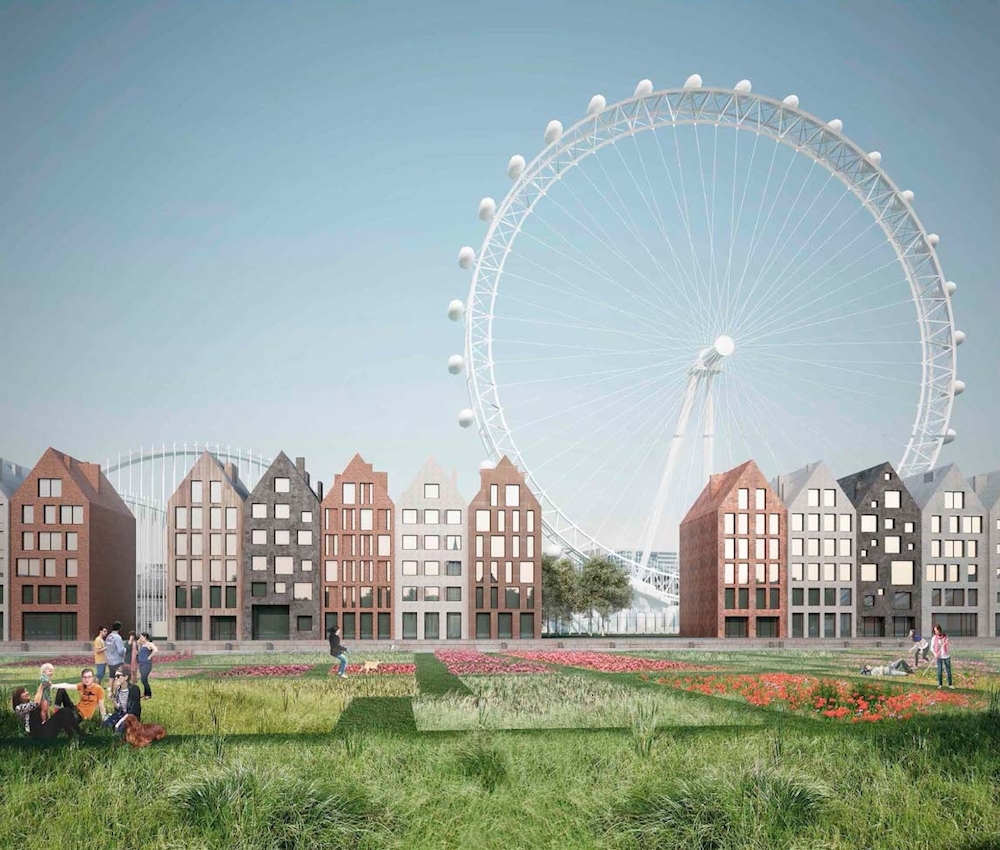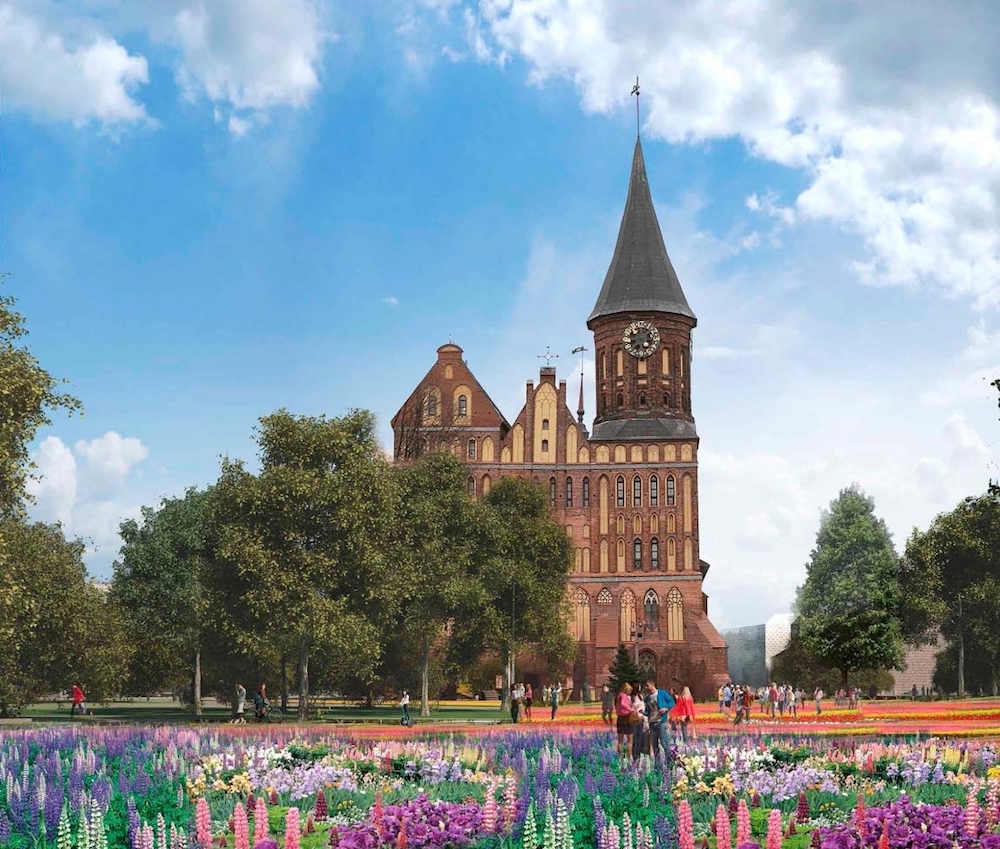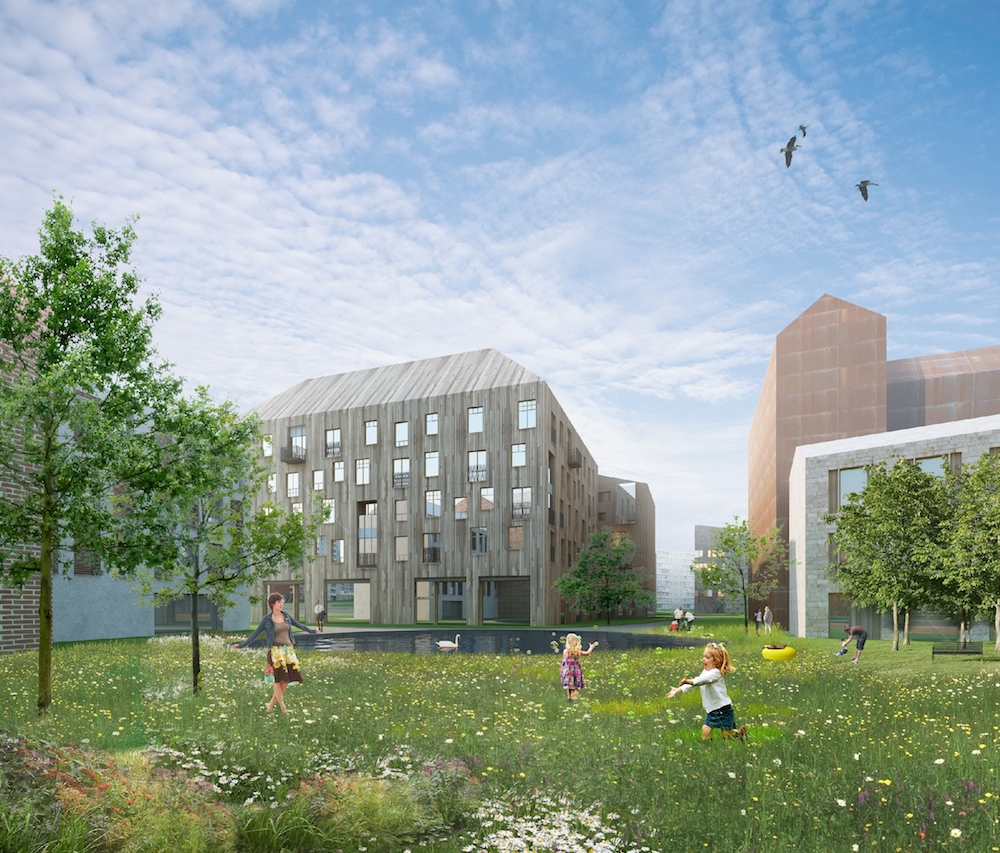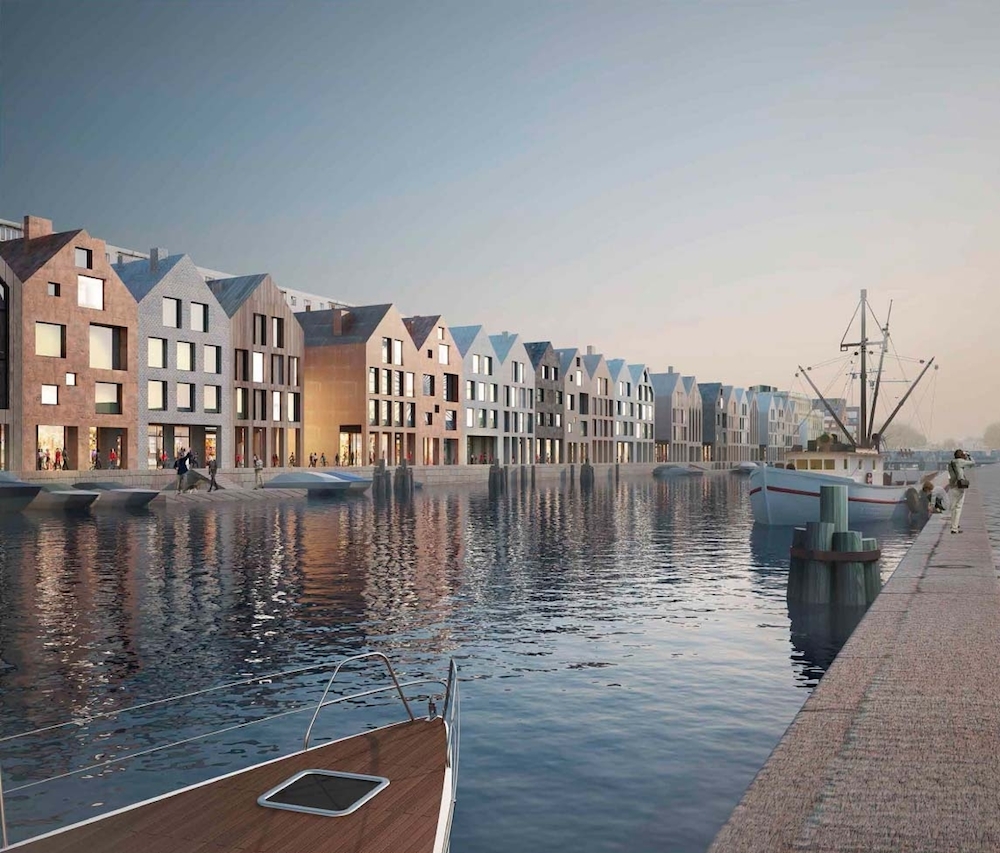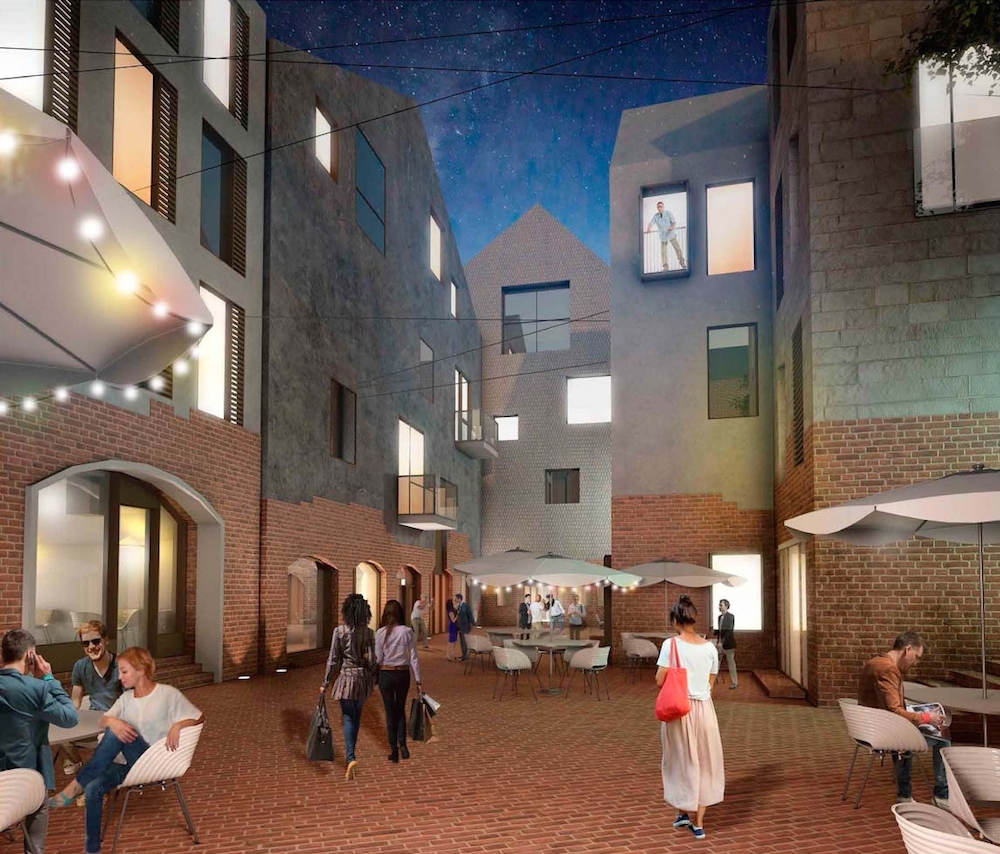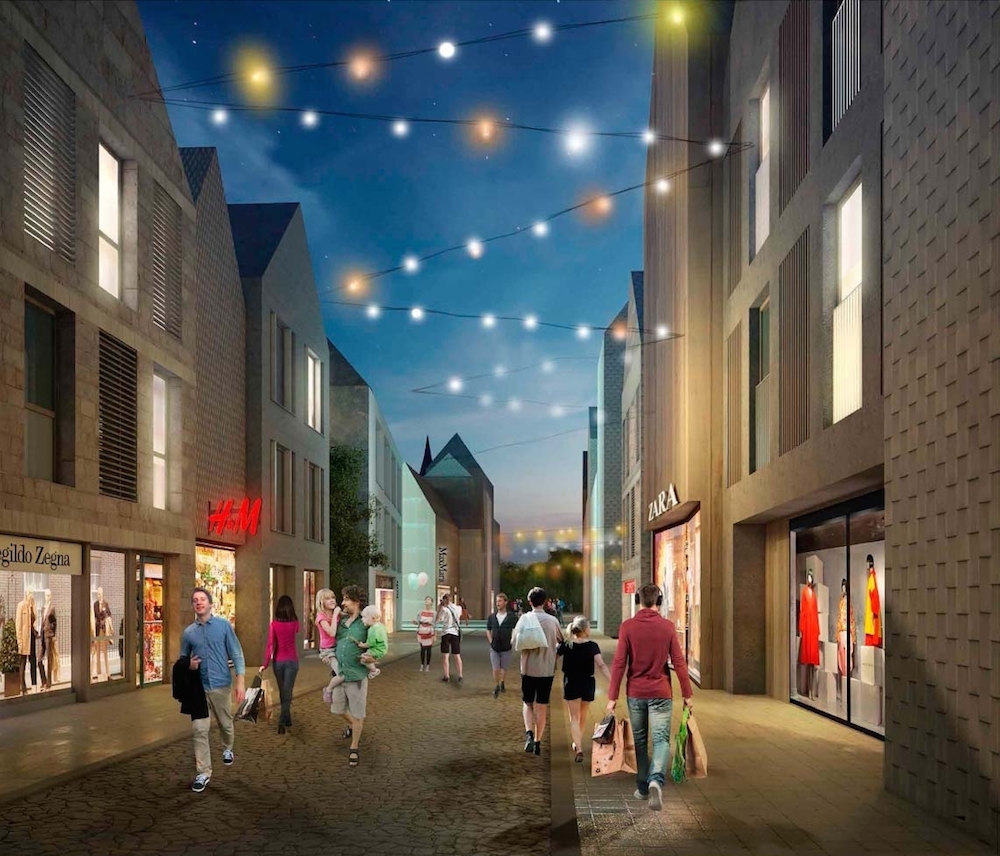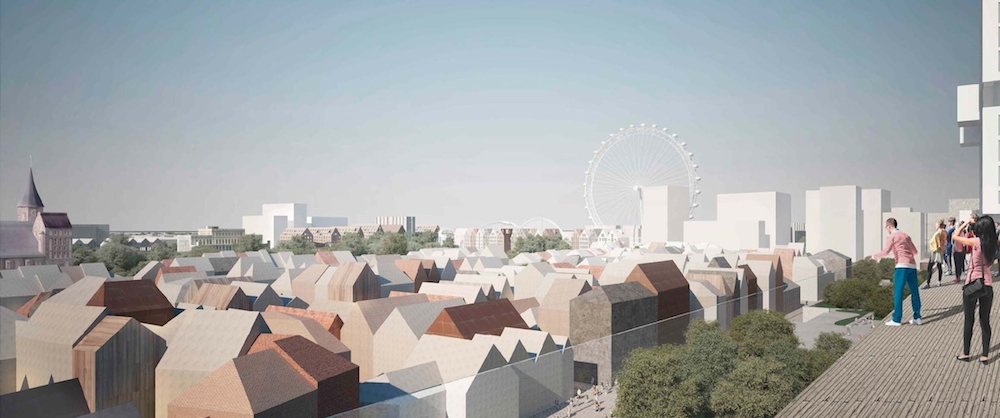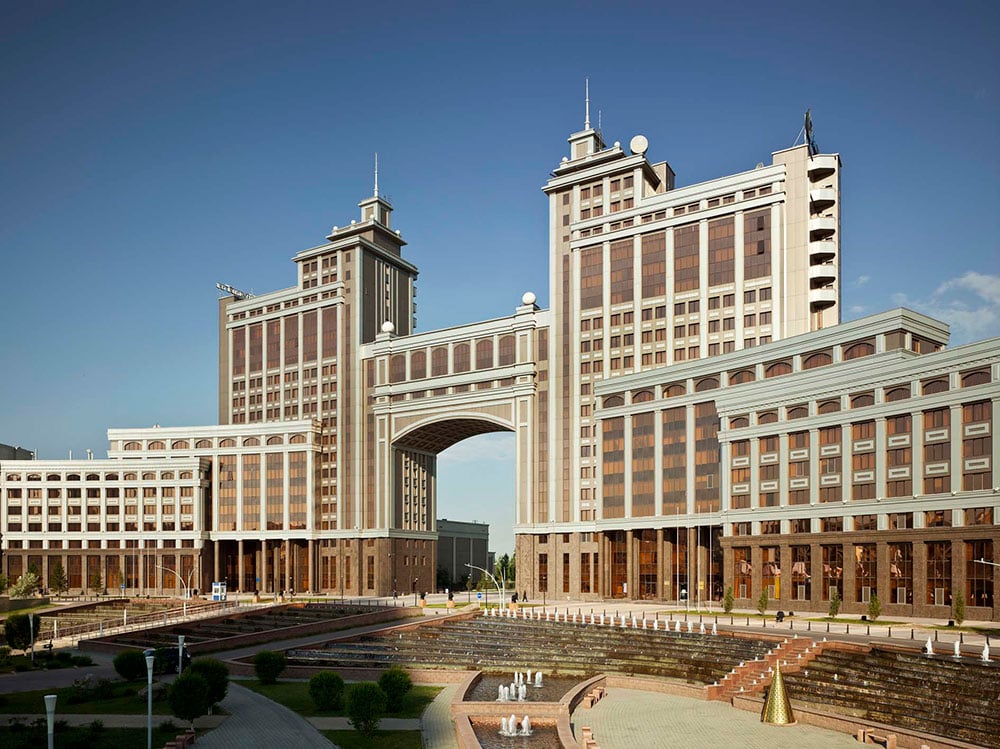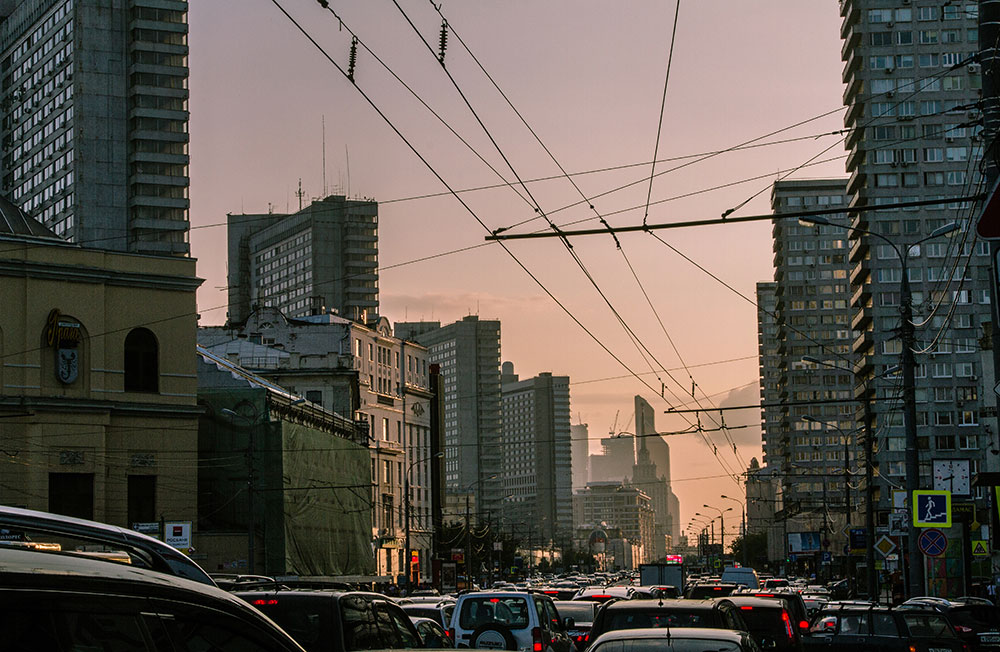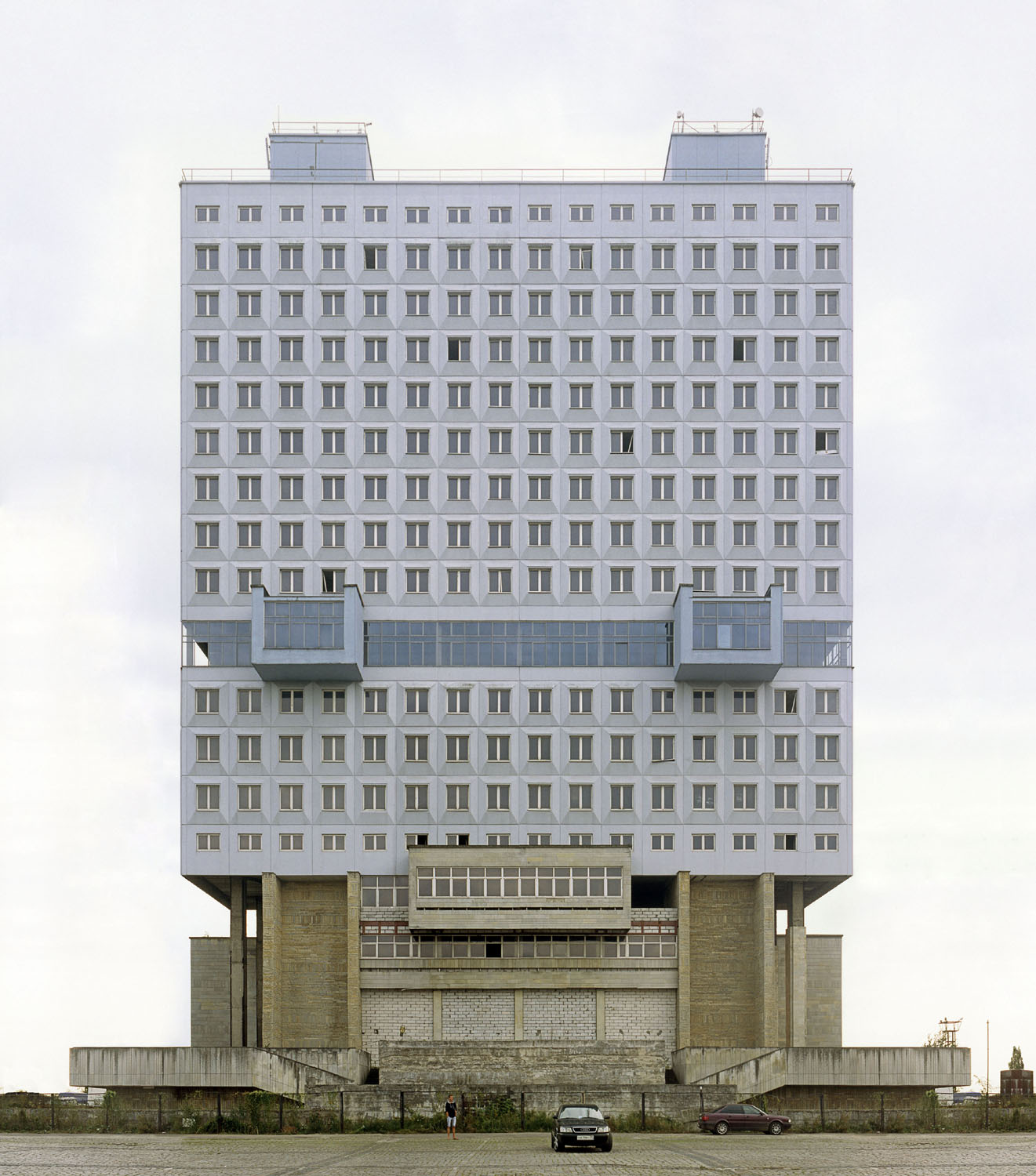Remaking history: how Kaliningrad’s new centre will look both forward and back
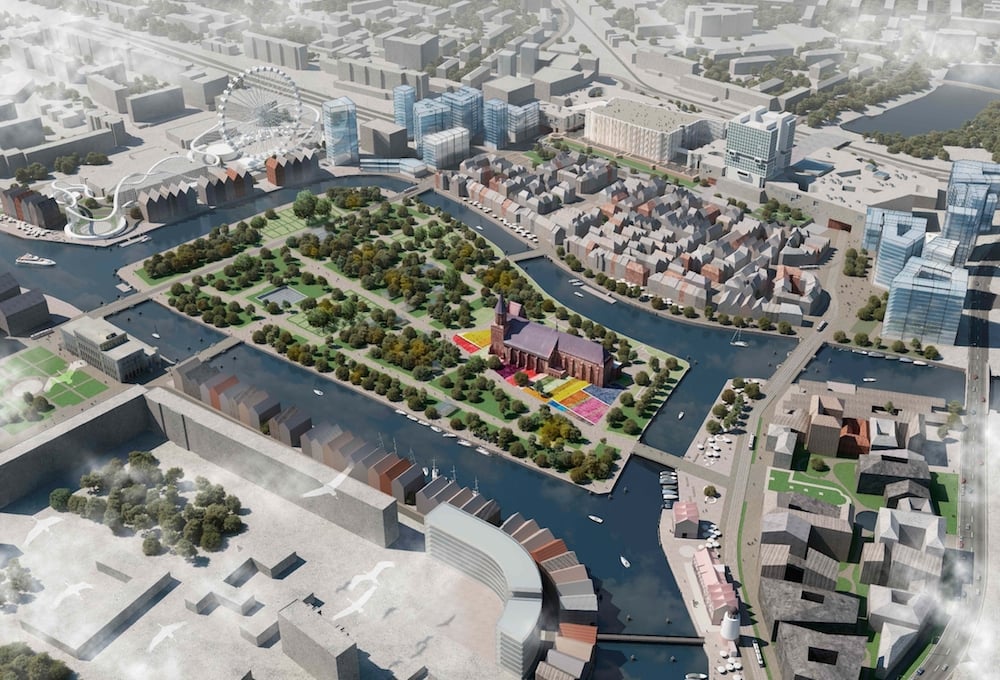
In November, an architectural contest to redevelop Kaliningrad’s historic centre was won by Nikita Yavein’s Studio 44. The St Petersburg-based practice’s design offers something the city has always lacked — a reasonable compromise
Kaliningrad (formerly Königsberg) is a Russian city with a Prussian heritage and more recently, a Soviet past. Can there be a more convoluted urban identity? In 1944, the city centre was almost totally destroyed by bombing. Eventually it took on the appearance of an inimical Soviet backwater with a fragmentary sprawl of prefab panel buildings and, among them, the ruins of the royal castle, founded by an Austrian duke. On the Kneiphof island, the city’s fourteenth-century gothic cathedral, containing the tomb of Immanuel Kant, survived the bombing, as did the nineteenth-century Stock Exchange and several other historical structures. Nearby, the legacy of 1970s Soviet architecture is also in evidence in the form of the unfinished House of Soviets.
The contest’s participants focussed not only on this sliver of the centre but also on an adjacent area of 56 hectares. The main question, and one that had remained unanswered for a long time, was whether this complicated and disparate space should be rebuilt or restored. Rather than insisting narrowly on any unified conception of the entire centre, Nikita Yavein’s Studio 44 proposes a unique vision of development for each of its 12 districts. In certain areas, the historical fabric will be approximately restored; in others, conversely, an ultramodern conception of urban development will be pursued.
Alongside Yavein’s project, another three entries received awards from the competition organisers: those from Devillers et Associes (France) + Off-the-grid (Russia) + Wall (Russia), HOSPER Sweden AB, and Trevor Skempton (Great Britain). The creators of all the winning entries, Yavein included, agree on two key issues. First, on the need to preserve existing structures, including Soviet ones and second, on the necessity of devising a new, pedestrian-friendly transportation layout.
The Franco-Russian consortium Devillers et Associes + Off-the-grid + Wall explore the idea of Kaliningrad’s duality: on one hand, it’s an old European city, destroyed down to its foundations; on the other, it’s a post-Soviet province. They divided the space of the centre into several zones, each endowed with a specific urban function: the square by the House of Soviets, for example, might serve as the central forum for significant city events, while the castle ruins could play host to a museum quarter with a multifunctional cultural centre, and so forth.
Meanwhile, HOSPER Sweden, working in collaboration with Mandaworks and Andreas Jonasson Arkitektkontor, propose a more unified, predominantly low-rise development of the centre, focussing on “green architecture” and insolation.
Of all the proposals, however, the most comprehensive, and most sensitive to the needs of the city, turned out to be Nikita Yavein’s “Topology of Continuity”, devised in partnership with St Petersburg’s Institute of Territorial Development, which masterminded the city’s transportation layout on the architect’s request. Yavein recommends jettisoning the “drive-through” centre in favour of several ring roads, with the city’s highways being transformed into pedestrian greenways.
As regards the character of the urban fabric, the architect argues against historically accurate restoration, proposing, nonetheless, to unearth the foundations of the old town (Altstadt) down to the level of the deepest cellar — and, furthermore, to construct a fragment of a notional medieval town in its place. The chosen architectural style isn’t a precise reflection of Kalingrad’s erstwhile appearance, but strict regulations governing housing density, storey numbers, roof-slope angles, finish materials and so forth will generate echoes of something recognisably old-European.
The architect thereby takes the interplay between heritage and contemporary context to a totally new level. In the eastern and western stretches of the centre, Yavein proposes high-rise developments designed to integrate the surviving multi-storey residential buildings of the Soviet era into the cityscape. Meanwhile, he plans to cover the ruins of the castle with a glass roof, and, making use of the original street layout, build a business district in its surroundings.
The architect fuses numerous types of urban planning, combining careful conservation with the creation of new urban connectivities. The primary task at hand involves integrating the various districts of Kaliningrad into a single and meaningful vision — one that will produce a modern city with an interesting past.
